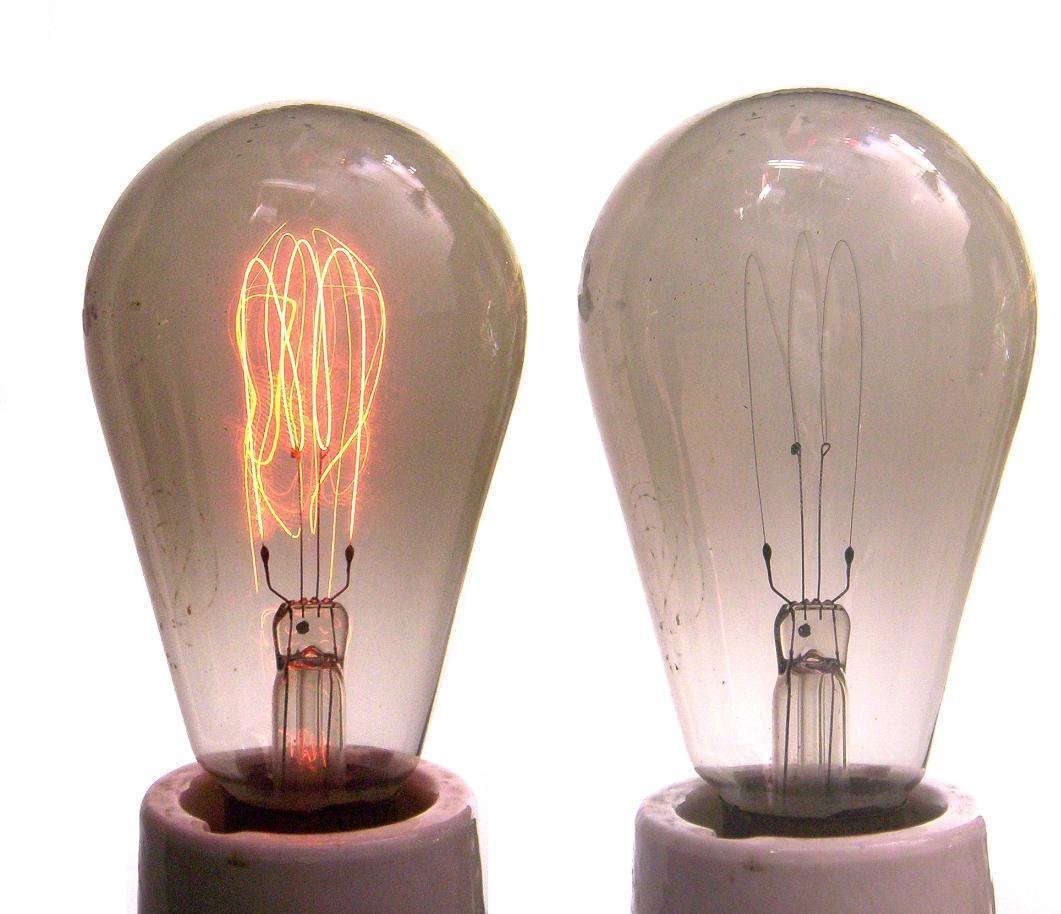The Invention of the Lightbulb
Davy
Contrary to popular belief, Thomas Edison was not the inventor of the lightbulb, at least not the original one. Humphry Davy of Great Britain experimented with batteries, wires and a piece of carbon in 1802. The power of the battery traveled through the wires, causing the carbon to glow and produce light. This principle was then replicated in the experiments of various inventors.
Warren de la Rue
Warren de la Rue improved on these findings, using a coiled piece of platinum instead of carbon. By switching and coiling the metal, the light could last longer and would not burn out the wiring as quickly. However, platinum’s high cost made this idea difficult to replicate.
Swan
In 1878, Joseph Swan produced a light bulb using carbonized paper filaments. This meant that the paper was placed in the center of the glass bulb, and as power ran through the carbon, it would light up. His bulb was also a vacuum, meaning there was no oxygen or gas floating around inside the glass. This meant that the carbon paper wouldn’t ignite or degrade, since oxygen ‘feeds’ fires and, in this case, would cause the filaments to break down. Swan consistently faced issues with his vacuum system, which posed significant setbacks.
Image: Thomas Edison’s working lightbulbs
Edison
Edison, around the same time as Swan, had also begun experimenting with lightbulbs. Instead of conducting trial-and-error experiments, Edison bought a patent, which included the basic information of how to create a lightbulb, from Canadian inventors, propelling him to the same point as Swan with much less work. Edison was able to build a better vacuum, making his lightbulb easy to replicate and commercially viable.
Swan and other innovators who had also spent time trying to build a lightbulb sued Edison for patent infringement, and the court ruled in their favor. As a result, Edison was forced to make Swan a business partner in the production of his lightbulbs.
If you want to read more, check out the following resources:


